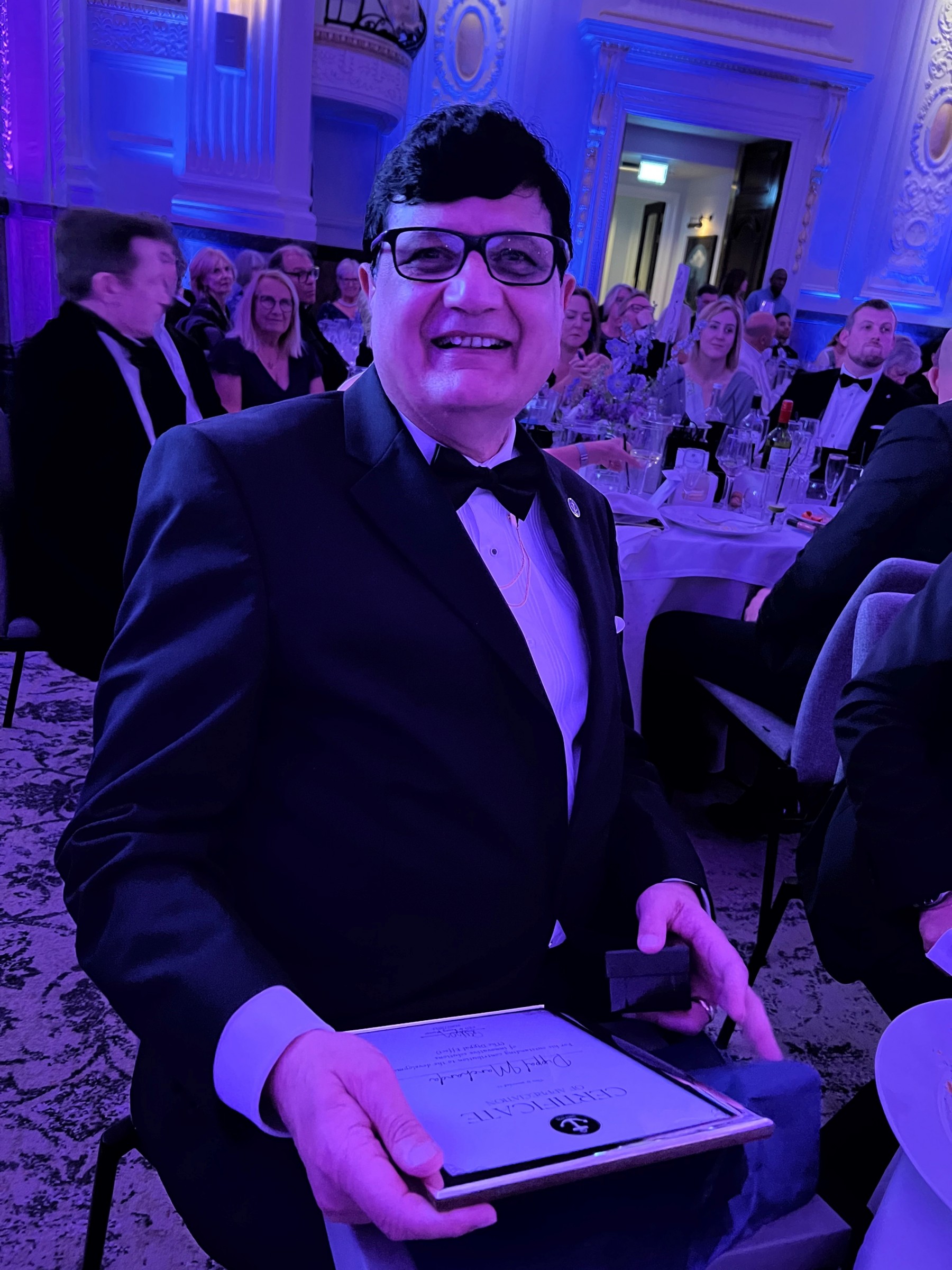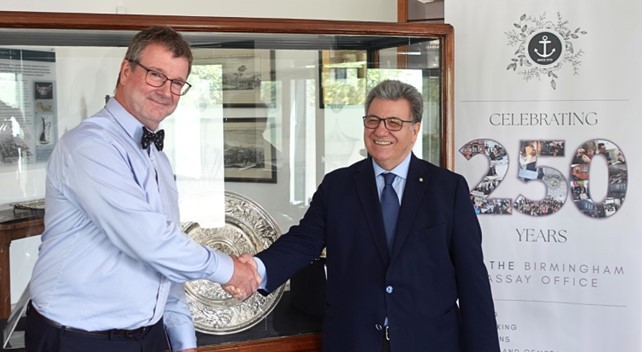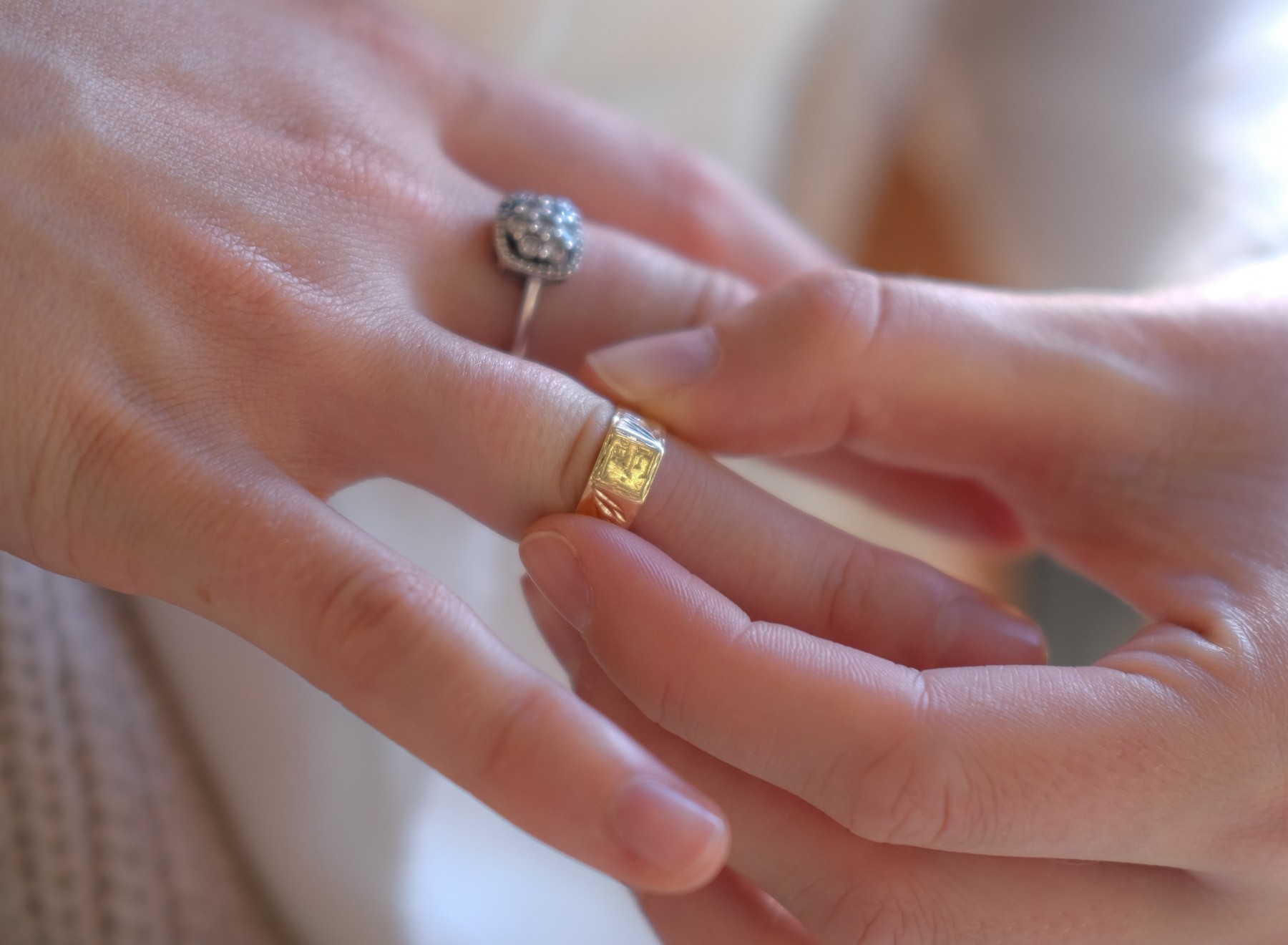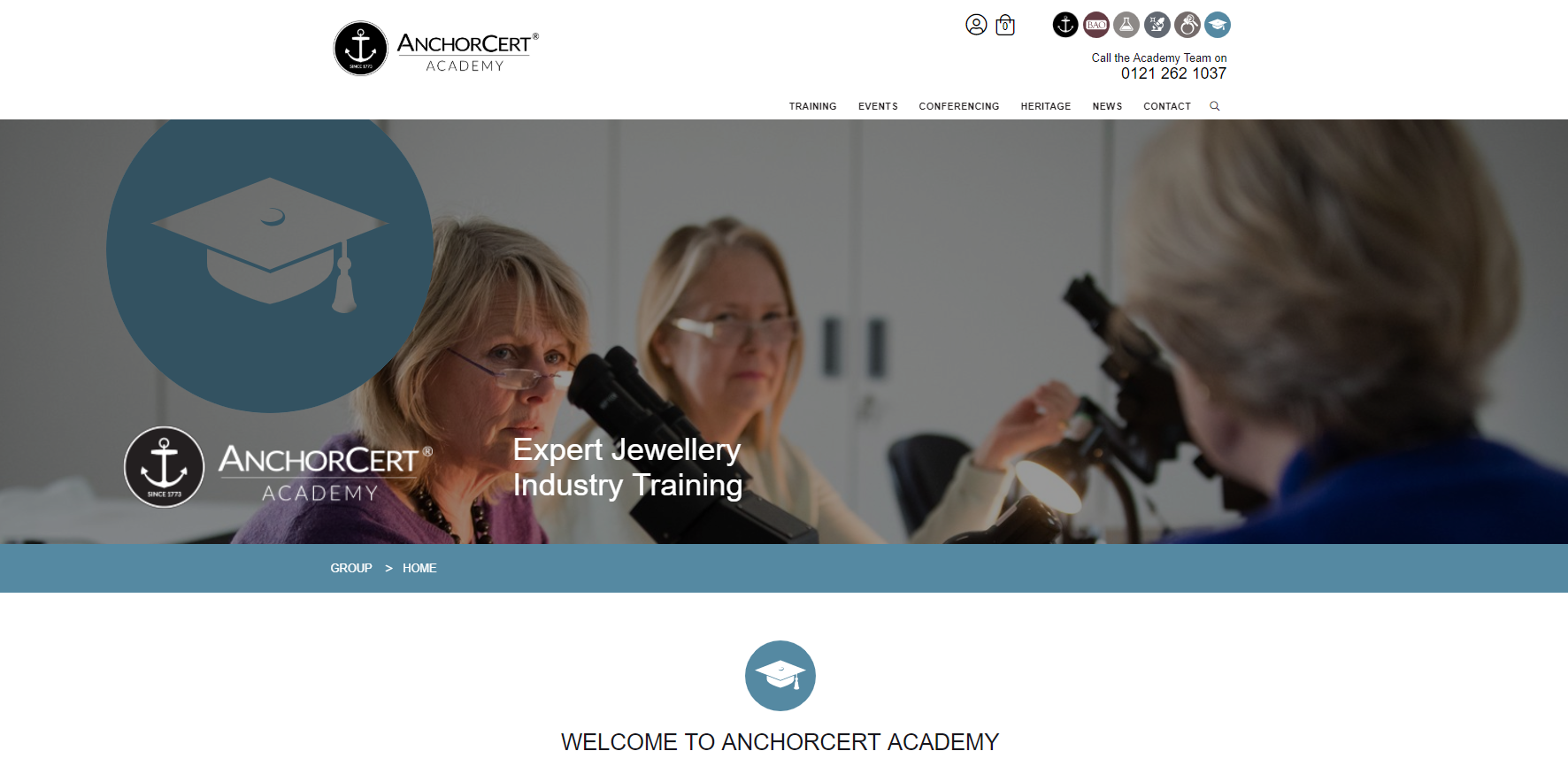Since the REACH regulation restricting lead content came into force in October, The Laboratory has been incredibly busy testing for lead compliance.
Suppliers are spending an increasing amount on testing jewellery, watches and accessories to ensure their products comply with the latest safety requirements. However, from conversations with customers The Laboratory has discovered that some test houses are using wholly inappropriate methods for the determination of Lead content, most particularly in glass stones and decorative components. Their high spend on testing is clearly a waste of time and money if the items are not being tested to the required compliance level or by the appropriate method.
Unlike nickel release, the method for lead content compliance is not specified.
 The compliance level is very low at less than 0.05%(500ppm) and ensuring that all lead is extracted from the sample is crucial. Some tests are being carried out using an American method originally developed to analyse sediments, soil and sludge for environmental purposes. It is completely unsuitable for glass, ceramics and compounds. Comparative testing by The Laboratory has consistently proven this Method EPA 3050B to be ineffective in checking for compliance with the lead regulation for glass stones by as much as 1100%.
The compliance level is very low at less than 0.05%(500ppm) and ensuring that all lead is extracted from the sample is crucial. Some tests are being carried out using an American method originally developed to analyse sediments, soil and sludge for environmental purposes. It is completely unsuitable for glass, ceramics and compounds. Comparative testing by The Laboratory has consistently proven this Method EPA 3050B to be ineffective in checking for compliance with the lead regulation for glass stones by as much as 1100%.
 The significantly more accurate methods applied by The Laboratory when testing glass decorative components utilise fusion or microwave digestion which completely dissolves the sample and provides very accurate results. The Laboratory are encouraging everyone in the supply chain to ask questions and fully understand the consequences of the test methods that are being used, to ensure that their âdue diligenceâ procedures are worth the money and bring proper protection to both the consumer and the supplier.
For more information visit www.thelaboratory.co.uk, T: 0871 8716020 or email testing@theassayoffice.co.uk
The significantly more accurate methods applied by The Laboratory when testing glass decorative components utilise fusion or microwave digestion which completely dissolves the sample and provides very accurate results. The Laboratory are encouraging everyone in the supply chain to ask questions and fully understand the consequences of the test methods that are being used, to ensure that their âdue diligenceâ procedures are worth the money and bring proper protection to both the consumer and the supplier.
For more information visit www.thelaboratory.co.uk, T: 0871 8716020 or email testing@theassayoffice.co.uk

 The compliance level is very low at less than 0.05%(500ppm) and ensuring that all lead is extracted from the sample is crucial. Some tests are being carried out using an American method originally developed to analyse sediments, soil and sludge for environmental purposes. It is completely unsuitable for glass, ceramics and compounds. Comparative testing by The Laboratory has consistently proven this Method EPA 3050B to be ineffective in checking for compliance with the lead regulation for glass stones by as much as 1100%.
The compliance level is very low at less than 0.05%(500ppm) and ensuring that all lead is extracted from the sample is crucial. Some tests are being carried out using an American method originally developed to analyse sediments, soil and sludge for environmental purposes. It is completely unsuitable for glass, ceramics and compounds. Comparative testing by The Laboratory has consistently proven this Method EPA 3050B to be ineffective in checking for compliance with the lead regulation for glass stones by as much as 1100%.
 The significantly more accurate methods applied by The Laboratory when testing glass decorative components utilise fusion or microwave digestion which completely dissolves the sample and provides very accurate results. The Laboratory are encouraging everyone in the supply chain to ask questions and fully understand the consequences of the test methods that are being used, to ensure that their âdue diligenceâ procedures are worth the money and bring proper protection to both the consumer and the supplier.
For more information visit www.thelaboratory.co.uk, T: 0871 8716020 or email testing@theassayoffice.co.uk
The significantly more accurate methods applied by The Laboratory when testing glass decorative components utilise fusion or microwave digestion which completely dissolves the sample and provides very accurate results. The Laboratory are encouraging everyone in the supply chain to ask questions and fully understand the consequences of the test methods that are being used, to ensure that their âdue diligenceâ procedures are worth the money and bring proper protection to both the consumer and the supplier.
For more information visit www.thelaboratory.co.uk, T: 0871 8716020 or email testing@theassayoffice.co.uk

Your item has been added to the basket
You need to create an account, or login before you can add this item to your basket.








